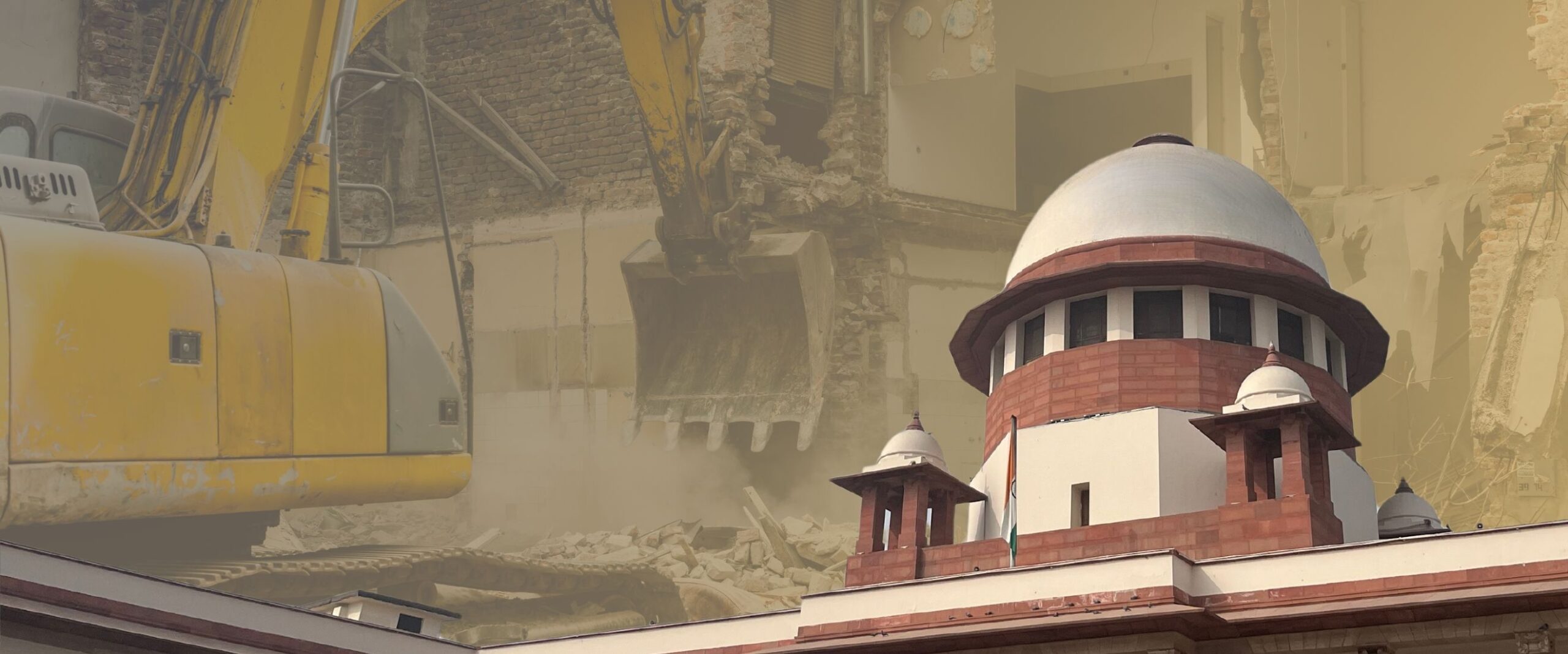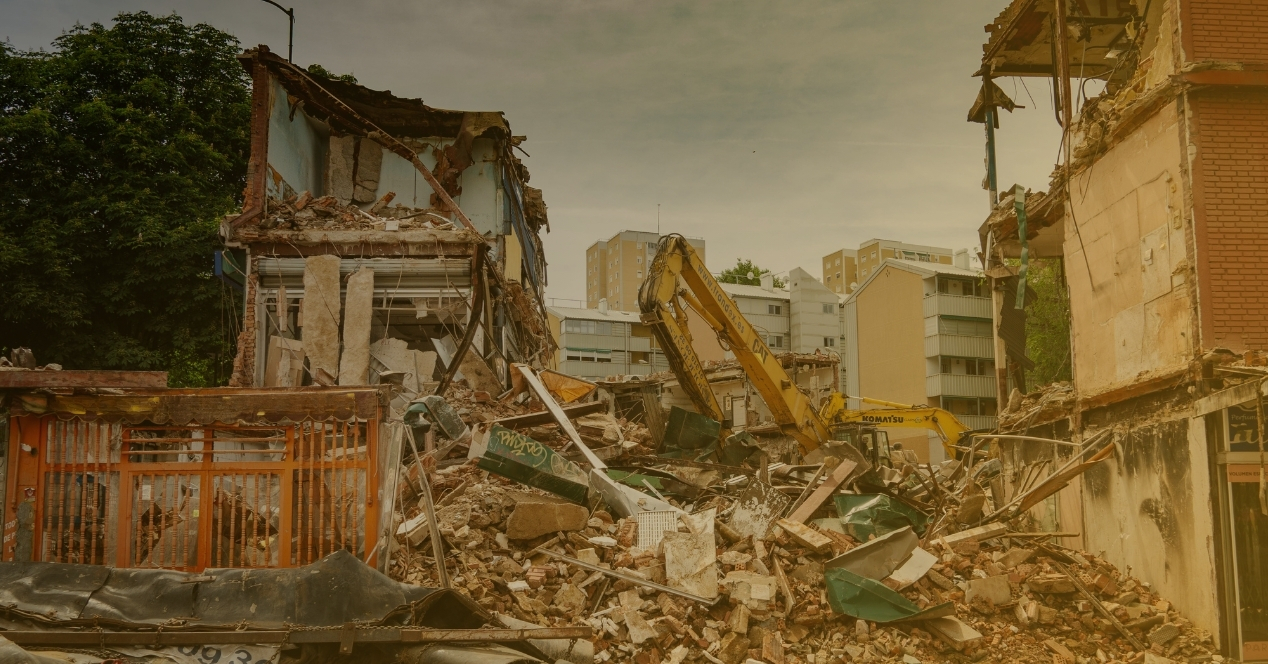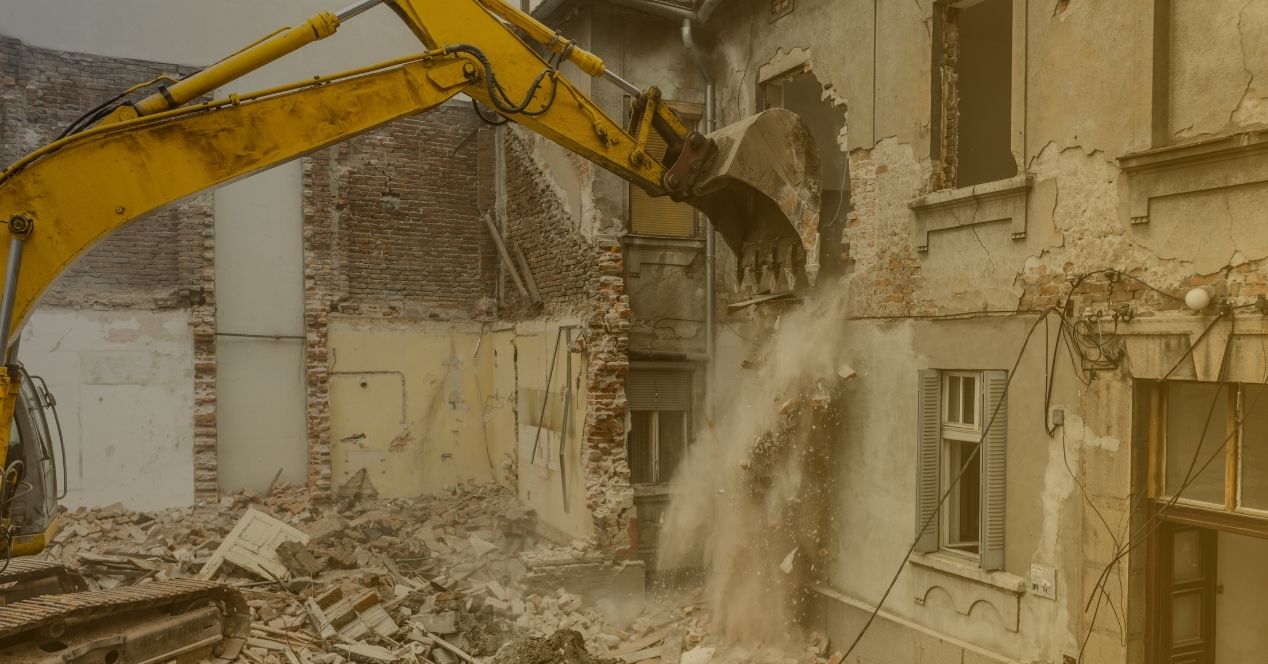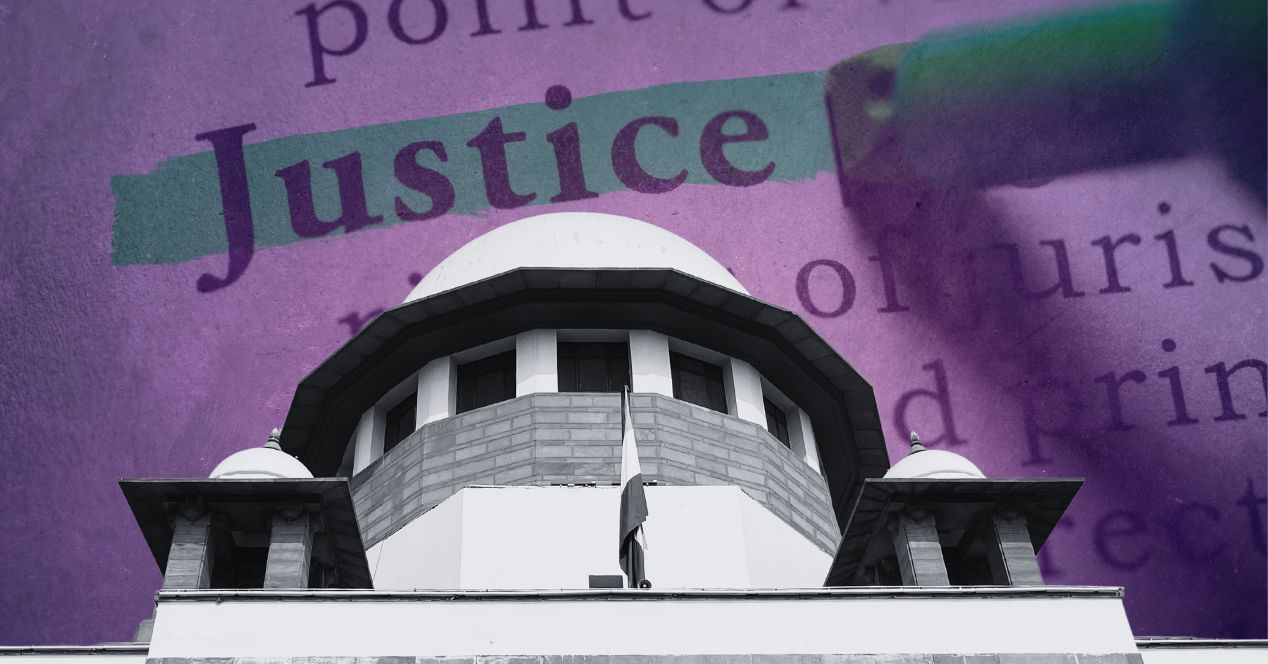Analysis
Bulldozer demolitions remind of a “lawless, ruthless state of affairs”, declares Supreme Court, as it issues pan-India guidelines
The Court directed that demolitions, if at all, must be preceded by due process, and violation of the guidelines would amount to contempt

In Re: Directions in the matter of demolition of structures
In 1763, the British government, in an economically disturbed Britain, proposed to impose tax on the production of cider through the Cider Bill. This resulted in riots across cider producing areas. It was said that the state was intruding in an arbitrary manner. William Pitt, a British statesman who later became the Prime Minister, spoke against the tax: “The poorest man may in his cottage bid defiance to all the forces of the Crown. It may be frail; its roof may shake; the wind may blow through it; the storm may enter; the rain may enter; but the King of England cannot enter — all his force dares not cross the threshold of the ruined tenement!”
In 1964, the quote would resurface in Southam v Smout, authored by Lord Denning. Today, Justice B.R. Gavai relied on Pitt’s speech to declare government sanctioned bulldozer demolitions as a violation of rights against arbitrary state action and the rule of law.
From the beginning of September 2024, a division bench of Justices Gavai and K.V. Viswanathan was hearing the petitions against bulldozer demolitions substantively. The petition, pending since 2022, was taken up for hearing after urgent applications were filed in the Supreme Court following the demolition of Rashid Khan’s home in Rajasthan. Khan’s tenant’s son had allegedly stabbed a Hindu classmate in school. On the first day of hearings, the bench had noted that they will create ‘pan-India’ guidelines against bulldozer demolitions. On 1 October, it reserved judgement after hearing suggestions from state governments and petitioners.
Today, the bench noted that bulldozer demolitions carried out by state authorities subverted the authority of courts as it essentially took up an adjudicatory role to determine the guilt of an accused person and punish them. In that way, it denigrated the separation of powers. Justice Gavai noted that bulldozer demolitions violated natural justice, the citizen’s right to shelter and inflicted collective punishment on the family of the accused.
Even as it described bulldozer demolitions ‘extreme’ and ‘disproportionate’, the bench issued detailed pan-India guidelines to regulate instances of bulldozer demolition. It suggested a detailed procedure of notice being issued prior to the demolition. The bench also noted that any violation of the guidelines would be treated as contempt of court, and that costs will be deducted from the salary of the officials involved in the destruction.
Bulldozer demolitions “undermine the rule of law” and amounted to arbitrary state action
Justice Gavai noted that the failure to uphold the rule of law would “erode public confidence in the justice system.” Harking back to the Supreme Court’s decisions in Indira Gandhi v Raj Narrain (1975), NHRC v State of Arunachal Pradesh (1996), the Aadhar case (2018), and the Bilkis Bano decision (2024), he noted that it had been well settled that the rule of law was a check against arbitrary use of state power. He observed that the government could not take “arbitrary and excessive measures” against an accused and, even, convicts, without following due process.
He stated that even punishments such as the death penalty, which are awarded for heinous crimes, have certain mandatory requirements of a statute that need to be followed. “In that light, can it be said that a person who is only accused of committing some crime or even convicted can be inflicted the punishment of demolition…?,” he asked, “The answer is an emphatic no.”
Justice Gavai noted that the high-handed excesses by the executive, such as bulldozer demolitions opposed constitutional ethos.
Court can formulate guidelines for enforcement of fundamental rights
Justice Gavai observed that bulldozer demolitions infringed the right to shelter, guaranteed under Articles 19 and 21. “Depriving such innocent people of their right to life by removing shelter from their heads, in our considered view, would be wholly unconstitutional,” he stated. He also noted that the actions were discriminatory, since authorities selectively targeted the homes of accused persons while ignoring similarly placed illegal properties around the site. Notably, Senior Advocate M.R. Shamshad had pressed upon this issue in the last hearing. Justice Gavai had disagreed with Solicitor General Tushar Mehta’s submission that homes which violated local municipal laws coincidentally belong to persons accused of a crime.
Justice Gavai relied on State of Uttar Pradesh v Jeet S. Bisht (2007) and I.R. Coelho v State of Tamil Nadu (2007), which had observed that the Supreme Court can issue directions to the executive for the facilitation of fundamental rights and also the “actualisation and fortification” of statutory rights. He reasoned that the Court felt the need to frame some “binding directives” to control arbitrary and discriminatory actions by the state.
“Executive cannot replace the judiciary in performing its core functions”
The Court noted that demolition of houses as a means of inflicting punishment, was “wholly impossible in our constitutional setup.” Adjudicatory functions were entrusted to the judiciary.
A breach of separation of powers, he noted, also violated the ‘public trust doctrine.’ The ‘public trust doctrine’ holds that officials of the state must “faithfully discharge their duties to elongate public purpose.” Referring to its decisions in Delhi Airtech Services Pvt. Ltd. v State of Uttar Pradesh (2022), Centre for Public Interest Litigation v Union of India (2020), and Nilabati Behera (1993), it noted that executive officials who took “law into their own hands” had to be made “accountable for such high-handed actions.”
Even if there is a breach of local law, bulldozer demolitions is “extreme”, “disproportionate”
Justice Gavai noted that most bulldozer demolitions were being undertaken because the accused’s house breached a local, municipal law. However, natural justice principles had to be obeyed even where municipal laws were being enforced. He noted that bulldozer demolitions were an extreme step even if there were illegal constructions. There were alternate legal processes by which the illegal construction could be dealt with. He noted:
1. Some illegal constructions are compoundable. This means that if the construction has encroached onto public property, the owner can pay a compounding fee and submit a compounding map to the government. It allows the property to remain through a detailed agreement with the government.
2. In some constructions, only particular parts are illegal, and that part can be removed.
Justice Gavai explained that full demolition can only be allowed if neither compounding nor partial destruction is possible.
Bulldozer demolitions inflict collective punishment
“A house is not just a property but embodies the collective hopes of family or individuals for stability, security and a future,” Justice Gavai said.
He noted that retributive bulldozer demolitions destroyed houses which resided not only the accused, but various family members and people, completely unconnected to the crime. He noted that this inflicts “a collective punishment” on all the members residing in such a structure.
Guidelines: 15 days notice period, no backdating of notice, and designated digital portal
Justice Gavai remarked, “It is not a happy sight to see women, children and the aged persons dragged to the streets overnight,” It was clear that a timeline and a procedure for demolition would be the backbone of the pan-India guidelines.
Exercising its power to do complete justice under Article 142, the Court issued the directions.
Here are the takeaways:
1. A written notice will be served to the owner-occupier of the house prior to the demolition through a registered post.. The notice will be served either fifteen days prior to the demolition, or according to the time given by the municipal law, whichever comes later. The time period will start from the date of receipt of the notice by the owner-occupier.
2. The notice would be attached visibly on the outer portion of the building or structure which is to be demolished.
3. The notice should contain – (a) nature of the unauthorised construction, (b) the grounds, and specific violations for which demolition is being ordered (c) a list of the documents that have to given alongside the reply, (d) date on which personal hearing is fixed (e) before which designated authority hearing will take place.
4. The collectors office and the district magistrate should be emailed the information right after a notice is served. This will ensure that no ‘back-dating’ of notices takes place. The office of the collector and district magistrate should produce an auto-generated reply stating that they had received the information.
5. The collector or district magistrate should designate a local officer who will be provided an email handle. All municipal and local authorities handling building regulations and demolitions must be informed of this designation within a month of this order.
6. Every municipal local authority has to establish a digital portal which would host details about service, posting of notice, reply, show-cause notice, and the order passed. This portal has to be put up within three months from date of order.
7. The designated authority will give a personal hearing to the owner-occupier. After the hearing, a final order will be passed, which must contain the contentions raised in the notice and the authority’s reasoned conclusions on them. It will also state whether compounding or partial demolition of the property was an option, and what reasons led them to conclude that the “extreme step of demolition [was] the only option available.”
8. The final order of the designated authority can be scrutinised by appellate authority. Significantly, no demolition can take place for fifteen days starting from the date of the final order (which will be displayed on the digital portal).
9. The owner-occupier will be given the chance to remove or demolish the illegal property by themselves within a period of 15 days after receiving the notice. The demolition will be allowed after 15 days if the owner has not removed the property by himself, and compounding or partial demolition is not possible.
10. Even then, before the demolition, a detailed inspection report has to be prepared by the concerned authority, and signed by two Panchas (witnesses).
11. The demolition will be videographed and a report shall be prepared by the concerned authority. It should contain the list of police and civil personnel who participated in the demolition. The report would be forwarded to the Municipal Commissioner by email and then uploaded on the digital portal. The video recording will be preserved.
Justice Gavai observed that any violation of the guidelines would be considered contempt of court, and further that public officials involved in any demolition that ignores the guidelines would be held responsible for the “restitution of the demolished property.” They will have to bear “personal costs.”
Circulars will be issued by state governments to all district magistrates and local authorities informing them about the Court’s directions.




